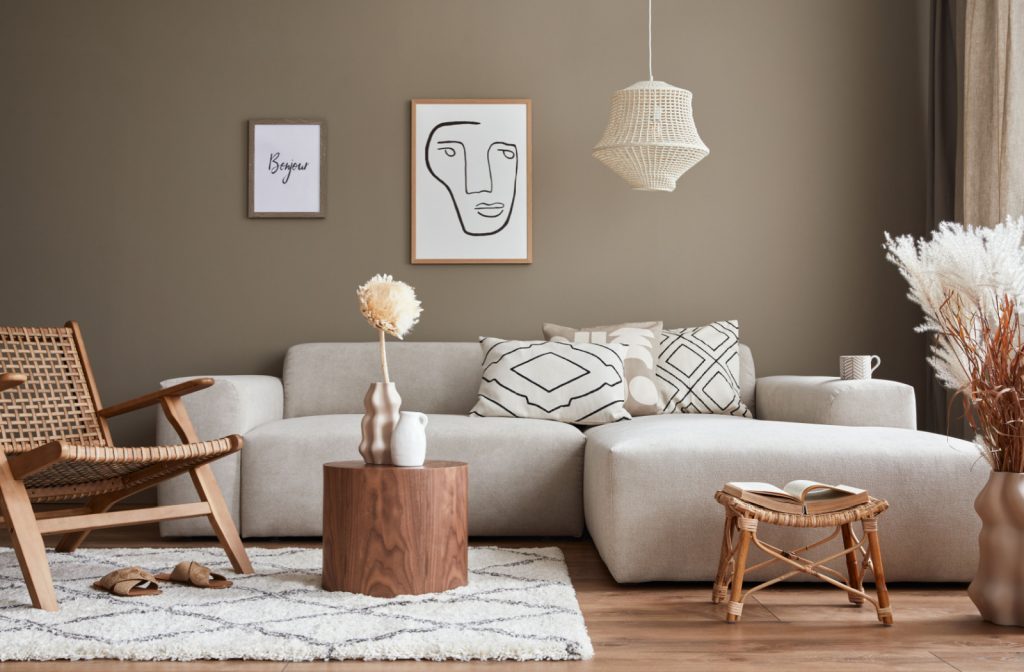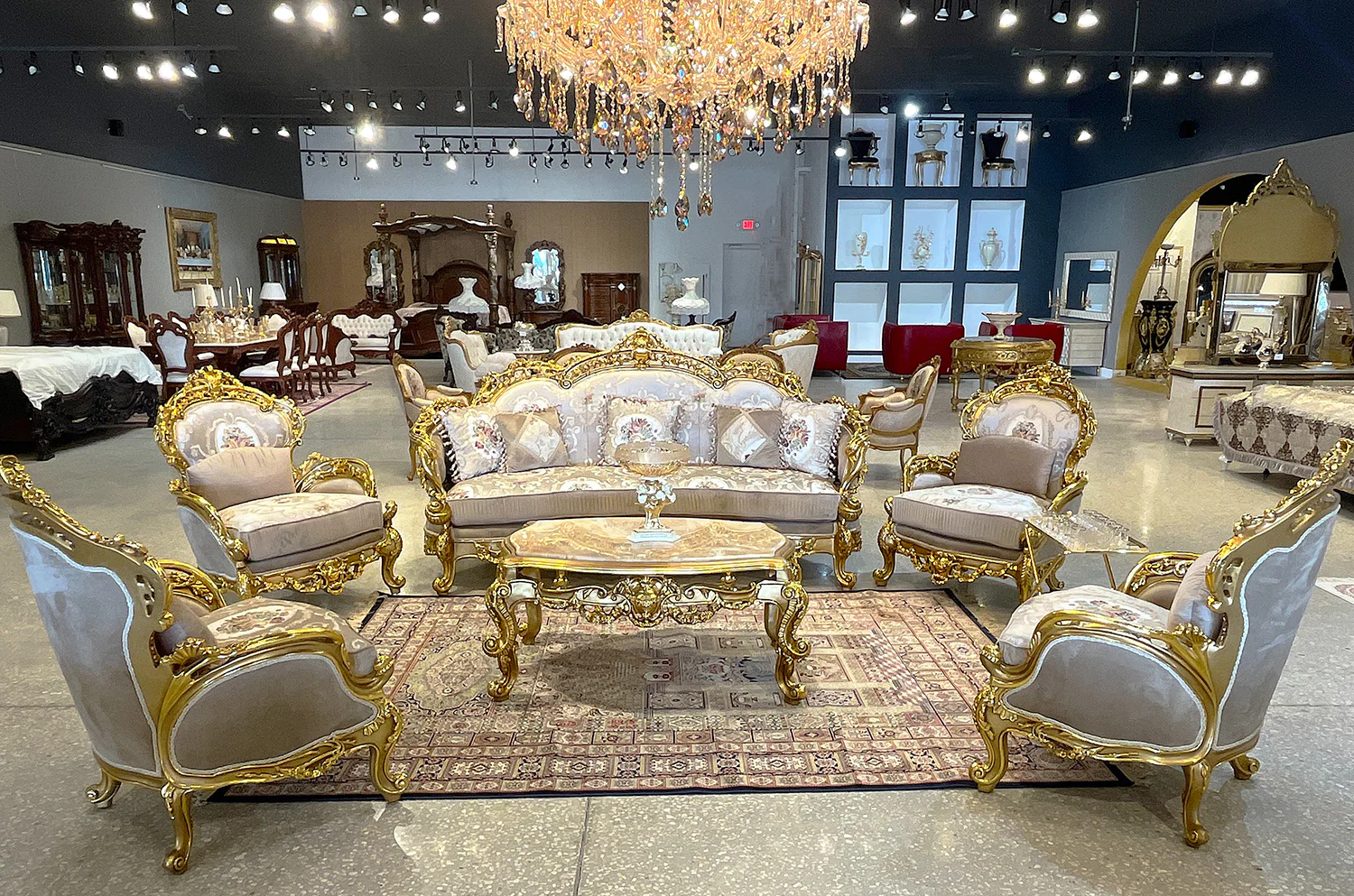Essential Furniture Pieces Every Home Should Have for Optimum Convenience
Essential Furniture Pieces Every Home Should Have for Optimum Convenience
Blog Article
Stylish and resilient: The very best Products for Long-Lasting Furnishings
The choice of products for furniture design is an important factor in attaining both resilience and design. Woods like oak and maple not just supply aesthetic warmth but likewise provide remarkable toughness, while engineered timber provides an attractive option for budget-conscious consumers. Additionally, the increase of metal furniture uses a contemporary edge with exceptional resilience. However, the expanding emphasis on sustainability introduces a new dimension to product choice, prompting a reevaluation of eco friendly options. The inquiry stays: which materials will inevitably strike the best equilibrium in between long life and visual appeal in your area?
Strong Wood Options

Softwoods like pine and cedar additionally existing sensible options, albeit with different qualities. Pine is light-weight and very easy to collaborate with, making it an outstanding option for rustic furniture, while cedar is naturally resistant to decay, ideal for outdoor applications.
It is necessary to take into consideration the desired use the furnishings when selecting a timber type. As an example, pieces that endure hefty wear needs to focus on more difficult timbers, while decorative items might profit from softer, extra aesthetically attractive varieties. Eventually, the right option of strong timber not just improves the long life of the furnishings yet additionally elevates the overall visual of the home.
Engineered Wood Advantages
Engineered timber, usually described as composite timber, offers countless benefits that make it an engaging choice for durable furniture. One of the main benefits of crafted wood is its enhanced security compared to strong wood. Constructed from layers of timber fibers or veneers, it reduces the danger of bending and fracturing, which are usual problems with natural timber due to changes in moisture and temperature.

Moreover, engineered timber is an eco-friendly alternative, as it uses smaller trees and wood by-products, promoting sustainable forestry methods. The production procedure also leads to much less waste, making it a liable selection for eco-conscious customers.
Metal Durability
Offering remarkable toughness and resilience, steel is a prime material selection for resilient furniture. Understood for its longevity, metal can endure significant wear and tear, making it an optimal alternative for both household and industrial atmospheres. Whether it is steel, light weight aluminum, or wrought iron, each type of click to read more metal supplies one-of-a-kind residential properties that add to the general longevity of the furniture.
Steel, for instance, is celebrated for its high tensile strength and resistance to flexing, ensuring that pieces stay structurally sound gradually. Light weight aluminum, on the other hand, is resistant and light-weight to corrosion and deterioration, making it specifically ideal for view it now outside furniture. Wrought iron, with its traditional appeal, boasts exceptional longevity and can withstand rough weather without jeopardizing its honesty.
Along with its physical buildings, steel furnishings typically undertakes safety therapies, such as powder layer or galvanization, which further enhance its resistance to scrapes and environmental factors. This degree of resilience makes metal furnishings a worthwhile investment, as it not only preserves its visual allure yet also stands the test of time, guaranteeing capability for several years to find.
Upholstery Choices
Picking the appropriate upholstery is essential for improving both the longevity and aesthetic allure of furnishings. Upholstery products can dramatically impact the longevity of a piece, with options ranging from all-natural fibers to artificial textiles.
Natural fibers, such as cotton and linen, deal breathability and comfort but may require even more upkeep to endure fading and use gradually. Alternatively, wool is a robust selection known for its strength and resistance to discoloration, making it ideal for high-traffic areas.
For those looking for durability with much less maintenance, artificial materials like polyester and nylon offer exceptional options. These fabrics are usually crafted to be stain-resistant and fade-proof, making them optimal for families with pets or children. Microfiber, a subtype of polyester, is especially preferred for its soft appearance and very easy cleaning properties.
Leather, while commonly a lot more costly, includes a timeless elegance to furniture. Its click here for more all-natural durability permits it to age beautifully, developing an unique aging over time. However, it needs particular upkeep to preserve its luster.
Eventually, choosing furniture includes stabilizing visual preferences with useful considerations, ensuring that the furnishings not just looks great however additionally stands the test of time. Furniture.
Sustainable Materials
Emphasizing ecological obligation, sustainable materials have acquired prominence in furnishings style, mirroring an expanding recognition of ecological influence. These products not only reduce the carbon footprint however also make certain the durability of furnishings, adding to a circular economy.
Usual lasting products include redeemed wood, which repurposes existing hardwood, lowering the need for deforestation. Bamboo is an additional outstanding option; it is fast-growing and needs marginal sources, making it a green choice to conventional hardwoods. In addition, recycled metals and plastics are significantly utilized in furniture production, promoting waste reduction and source conservation.
All-natural fibers such as natural cotton, hemp, and bed linen are favored for upholstery, as they are totally free and naturally degradable from unsafe chemicals. The use of low-VOC (unpredictable organic compounds) adhesives and surfaces further boosts the sustainability of furniture, guaranteeing far better indoor air quality.
Conclusion
Strong timbers like oak and maple offer toughness and special personality, while engineered wood provides stability and cost-effectiveness. Lasting products such as recovered timber and bamboo contribute to environmental responsibility, making them ideal for modern furnishings solutions that prioritize both style and sturdiness.
Engineered wood, usually referred to as composite wood, uses countless advantages that make it a compelling selection for lasting furniture. One of the primary advantages of crafted timber is its improved security compared to strong wood. Constructed from layers of wood fibers or veneers, it reduces the danger of warping and breaking, which are typical concerns with all-natural timber due to modifications in humidity and temperature level.
Solid timbers like oak and maple provide toughness and distinct personality, while engineered wood offers security and cost-effectiveness. Sustainable materials such as reclaimed timber and bamboo contribute to ecological responsibility, making them suitable for contemporary furnishings remedies that prioritize both design and durability.
Report this page